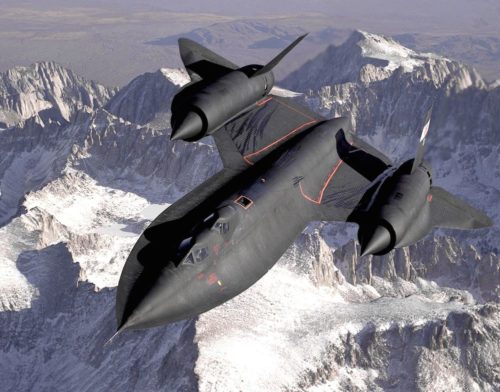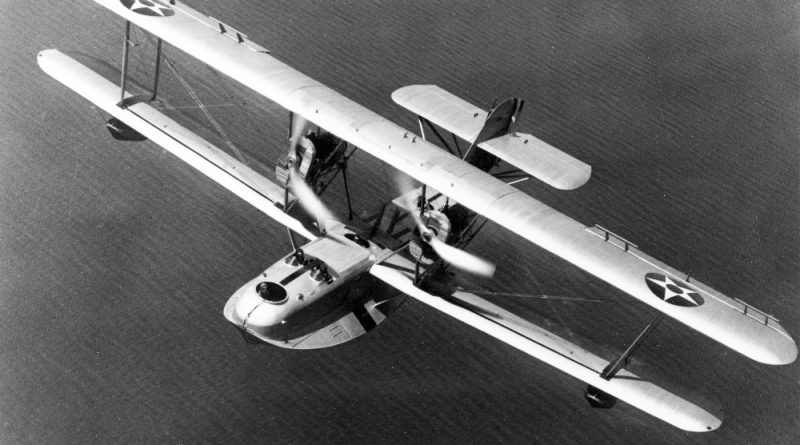September 1 in U.S. Military History
1925: As Commander John Rodgers attempts a long-distance flight from California to Hawaii, his PN-9 flying boat (featured image) runs out of fuel several hundred miles short of the goal. Rogers’ four-man crew turns the airplane into a sailboat, and despite not having any food and very limited water, sails the remaining 450 miles to the island of Kauai. Although the plane did not reach its intended target, Rogers’ flight still sets a record for flying a seaplane 1,992 miles non-stop.
1939: Three waves of Luftwaffe Ju-87B Stuka dive bombers cross Germany’s border with Poland at 4:40 a.m., destroying most of the defenseless town of Wieluń. The sneak attack is the first combat action of Germany’s invasion, which was preceded by a series of false flag operations intended to bolster support for a military campaign against its neighbor – launching what will become the deadliest conflict in human history.
That same day, Gen. George Marshall, aide-de-camp to Gen. John J. Pershing during World War I, is promoted to Chief of Staff. Marshall will oversee the greatest military buildup in American military history, labelled by Winston Churchill as the “organizer of victory.”
1942: 357 men and five officers of the 6th Naval Construction Battalion arrive in Guadalcanal – the first combat deployment of the legendary “Seabees.”
1974: A SR-71 Blackbird flown by Air Force Maj. James V. Sullivan streaks from New York to London in 1 hour and 55 minutes, setting a record that still stands today. Despite having to slow down to take on fuel from a specially modified KC-135 tanker, the reconnaissance plane still averages a blistering Mach 2.27.

2005: Soldiers with the 3rd Armored Cavalry Regiment and the 82nd Airborne Division, together with Iraqi soldiers launch an operation to clear Al Qaeda fighters from the city of Tal Afar. Col. H.R. McMaster’s force kills nearly 200 insurgents and capture hundreds more in the 17-day operation.
